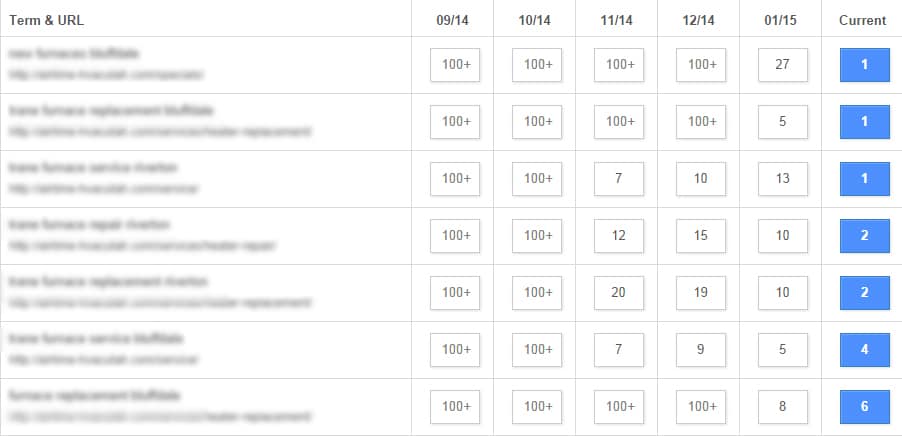*** Read what’s new on the Penguin Algorithm as of 11/26/2015 here.
In his year-end Webmaster Central hangout session, John Mueller addressed one of the most interesting questions in the SEO community: Hypothetically, would an increase in the percentage of quality backlinks help resolve a Penguin penalty?
With this query comes many more questions and opens new possibilities for search. Let’s go over some of the important points Mueller explained, and find out how to apply this approach to your methodology:
Build Better Quality Links to Remove Algorithmic Penalties
It’s a matter of offsetting the low quality links with better ones. If you have a greater percentage of quality links in your profile, this will help Google robots remove the Penguin penalty. From an algorithmic standpoint, Google will be able to pick up the quality links as trust signals.
Google looks at the issue on an aggregated level. It’s not just about the links you build anymore, but also about the overall site performance. If your legacy link and historical activity are balanced, getting quality links without disavowing might be able to help you remove your Penguin issues.
In addition, Mueller points out that if things are significantly improving across the board, and your site has gained good recommendations, algorithms will take these step-by-step improvements into account − from the link profile to the subsequent actions implemented after the penalty.
Technical Steps to Resolve Algorithmic Issues
While this introduces a new approach to overcome Penguin penalties, Mueller still recommends adhering to proven methodologies that will improve the rankings and remove toxic backlinks. Getting rid of penalties with quality links alone is theoretically possible, but doing this the wrong way might only mean more work on your part.
This approach may still depend on how many backlinks are toxic. I’ll give you a few examples:
Case 1: No Sufficient Link Count
We have a partner whose client’s spammy link count was not enough for a clean-up. Out of the hundred referring domains, the bad links account for only 1%. In this case, we chose to increase the link count with authoritative backlinks from reputable sites. This allowed us to outweigh the small percentage of bad links and gain enough traction for a good link profile.
Case 2: Penguin Hit-Site Unresponsive to Disavow
One of our partners came to us with a client whose site was hit by Penguin during last year’s update. and experienced a major drop in ranking. The number of toxic backlinks was at a high percentage, so we decided to disavow the links. The site remained unresponsive to the disavow, and there were no changes to its ranking. As a final resort, we recommended to abandon the site and build a new one to establish a clean, quality link profile.
As Mueller discusses, it’s better to rely on methodologies that are actually working rather than hoping the problem will diminish by itself. It’s all up to how you make Google trust your site all over again.
Webmasters must also learn know to quantify the situation, whether there is a need to remove the link or place it in the disavow file. In cases of manual penalties, you have to remove the link to eliminate the problem. If the site was affected by algorithmic changes, the disavow file is technically sufficient to address the issue.
The Bottom Line
From what we gather from Mueller’s insights, Penguin does have the capability to recognize progressive improvement rather than simply hit sites with penalties. It’s not going to make judgment calls as to whether or not you tried to address the issue.
Despite this, it’s better to implement a “common sense” strategy when dealing with Penguin issues. It’s not simply the case of building 50% quality links to get rid of the penalty. If you suspect a problem, try to fix it.
In Mueller’s words, “Make sure you can move forward without having to hope that somehow the overall picture changes overtime.”






